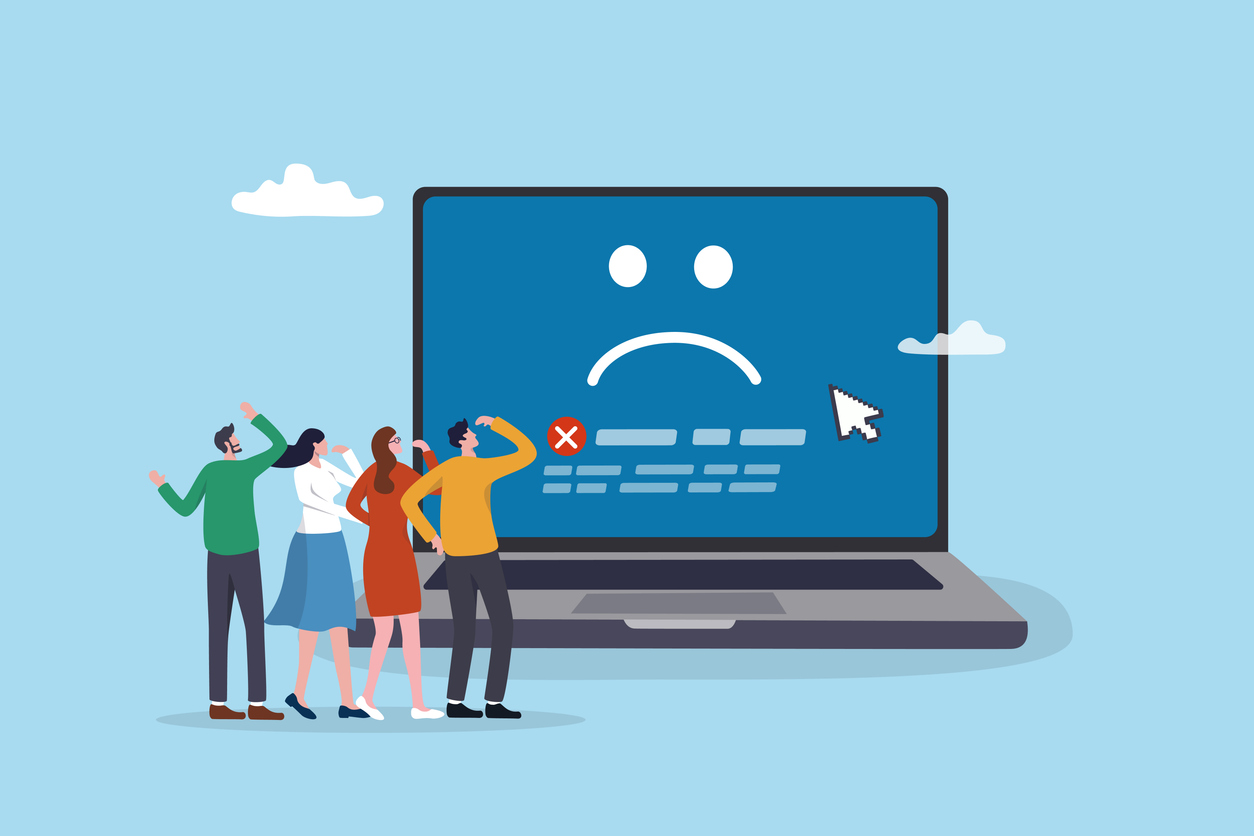For all the progress made in digital security—the proliferation of firewalls, the implementation of ever-granular permissions—cybersecurity remains haunted by a persistent vulnerability: the user. In the arms race of technical sophistication, it is not an unpatched system or a piece of rogue code but human beings who regularly open the doors to threat actors. According to a report from IBM, nearly every successful cyberattack, some 95 percent, can be traced, at least in part, to human error. The scale of the problem is staggering: in 19 out of 20 breach incidents, mistakes by people, not machines, bear the blame.
Cultivating cybersecurity awareness is not just about deploying sophisticated software or esoteric protocols but about fostering a culture, a set of shared assumptions and daily habits, that keeps the reality of threats front and center. Proactive organizations that internalize this mindset gain an advantage: not only do they stay a step ahead of attackers, but they also build a more resilient security posture. Policies alone are not enough; it is cultural change and the right safeguards that combine to make security sustainable.
Here are three practical interventions to reduce the likelihood and the costs of human error in cybersecurity.
1. Cybersecurity Awareness: The Human Firewall
No firewall, no matter how advanced, rivals the protective value of an informed employee. From the first day on the job, organizations should immerse their workforce in security awareness. Complacency is the enemy: left unchecked, routines dull the acute sense of risk, leading to fatal lapses in judgment.
Effective security awareness training must go beyond lists and manuals. Employees should be made familiar with the fundamentals: the anatomy of phishing, the necessity of skepticism, the reality that their individual actions may provide the pivot for a costly breach. But training should be continuous, not a one-time orientation. Regular reminders, simulated phishing attempts, and scenario-based learning reinforce vigilance. Crucially, the content must be tailored: distinct roles carry different threat profiles and exposure.
2. The Principle of Least Privilege: Restrict to Protect
Some of the best defenses are elegantly simple. The principle of least privilege is one such safeguard: a dictate that organizational access should be issued on a strictly “need-to-know” basis. In practical terms, this means employees possess only the permissions essential to their roles, nothing extraneous.
This restriction performs two vital functions. First, it reduces the possible attack surface; if credentials are stolen, the damage is confined to a narrow operational window. Second, it creates natural firebreaks within the organization, slowing or halting an adversary’s progress even in worst-case scenarios.
3. Multi-Factor Authentication: Beyond the Password
The password has become the Achilles’ heel of organizational security. Our collective memory for complex phrases is limited; most users default to simple, guessable patterns. The evidence is unflattering: “123456” remains the most common password and “Password” is, depressingly, a close runner-up.
Organizations can and should enact robust password policies, but technology offers a better, more humane solution: multi-factor authentication (MFA). By demanding a second (or third) proof of identity, MFA dramatically raises the bar for would-be intruders. Equally transformative are password managers, which simplify the management of complex login credentials, discouraging risky shortcuts and making compliance easier. The fewer passwords your personnel must remember, and the more barriers between external threats and your systems, the better.
Reducing Human Error: Why Magna5?
The role of individual lapses in modern breaches is clear, but with determined leadership and the right tools, the risk represented by human error can be drastically curtailed. At Magna5, we specialize in helping organizations confront their human vulnerabilities and engineer systematic, sustainable security improvements. Our experts can map your particular risk landscape, equip your teams with the discipline and knowledge required for real cultural change, and provide ongoing guidance as threats evolve. Security is a journey, but you don’t have to walk it alone. Connect with Magna5 and discover how your organization can become a fortress, one well-informed person at a time.












